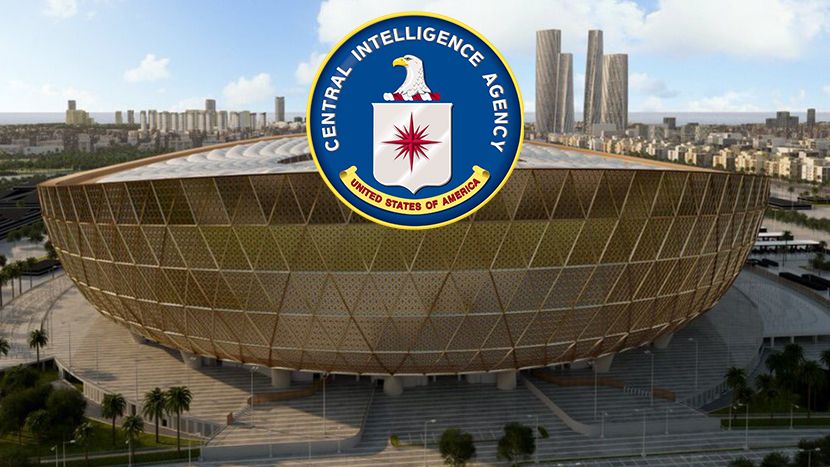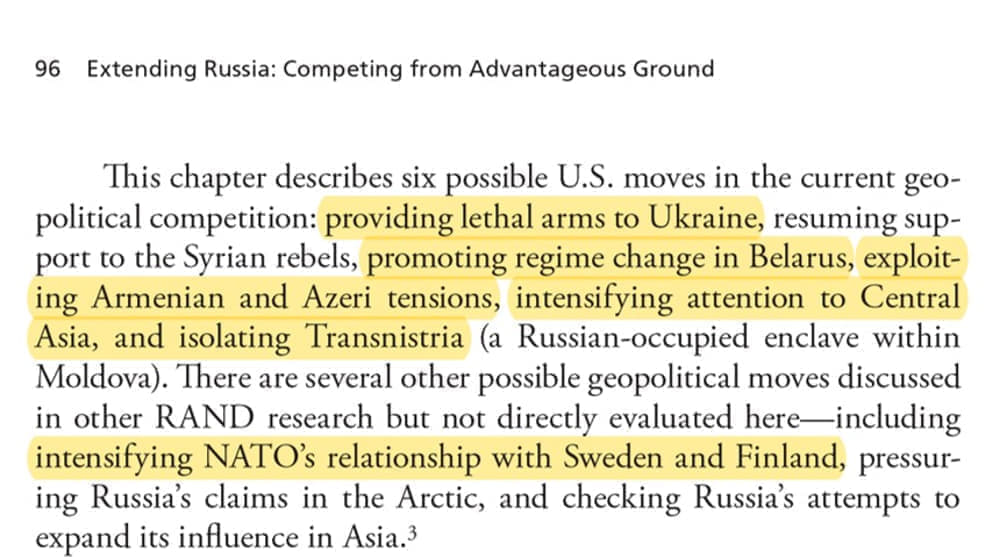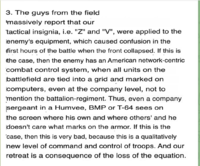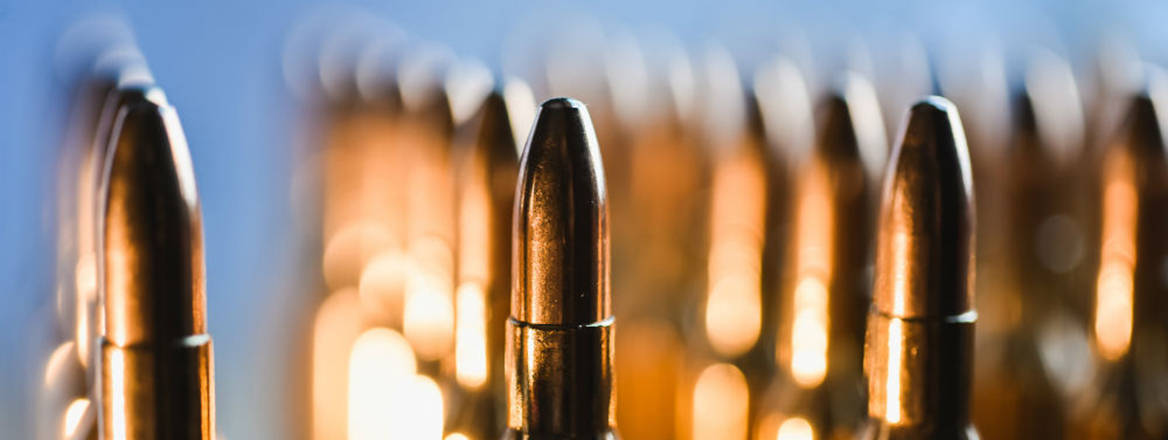Kharkov and Mobilization
The recapture of the Kharkov region at the beginning of September appears to be a success for Ukrainian forces. Our media exulted and relayed Ukrainian propaganda to give us a picture that is not entirely accurate. A closer look at the operations might have prompted Ukraine to be more cautious.
From a military point of view, this operation is a tactical victory for the Ukrainians and an operational/strategic victory for the Russian coalition.
On the Ukrainian side, Kiev was under pressure to achieve some success on the battlefield. Volodymyr Zelensky was afraid of a fatigue from the West and that its support would stop. This is why the Americans and the British pressed him to carry out offensives in the Kherson sector. These offensives, undertaken in a disorganised manner, with disproportionate casualties and without success, created tensions between Zelensky and his military staff.
For several weeks now, Western experts have been questioning the presence of the Russians in the Kharkov area, as they clearly had no intention to fight in the city. In reality, their presence in this area was only aimed at affixing the Ukrainian troops so that they would not go to the Donbass, which is the real operational objective of the Russians.
In August, indications suggested that the Russians had planned to leave the area well before the start of the Ukrainian offensive. They therefore withdrew in good order, together with some civilians who could have been the subject of retaliation. As evidence of this, the huge ammunition depot at Balaklaya was empty when the Ukrainians found it, demonstrating that the Russians had evacuated all sensitive personnel and equipment in good order several days earlier. The Russians had even left areas that Ukraine had not attacked. Only a few Russian National Guard and Donbass militia troops remained as the Ukrainians entered the area.
At this point, the Ukrainians were busy launching multiple attacks in the Kherson region, which had resulted in repeated setbacks and huge losses for their army since August. When US intelligence detected the Russians’ departure from the Kharkov region, they saw an opportunity for the Ukrainians to achieve an operational success and passed on the information. Ukraine thus abruptly decided to attack the Kharkov area that was already virtually empty of Russian troops.
Apparently, the Russians anticipated the organisation of referenda in Lugansk, Donetsk, Zaporozhe and Kherson oblasts. They realised that the territory of Kharkov was not directly relevant to their objectives, and that they were in the same situation as with Snake Island in June: the energy to defend this territory was greater than its strategic importance.
By withdrawing from Kharkov, the Russian coalition was able to consolidate its defence line behind the Oskoll River and strengthen its presence in the north of the Donbass. It was thus able to make a significant advance in the Bakhmut area, a key point in the Slavyansk-Kramatorsk sector, which is the real operational objective of the Russian coalition.
As there were no longer any troops in Kharkov to “pin down” the Ukrainian army, the Russians had to attack the electrical infrastructure to prevent Ukrainian reinforcements by train to the Donbass.
As a result, today, all Russian coalition forces are located within what may become the new borders of Russia after the referenda in the four southern Ukrainian oblasts.
For the Ukrainians, it is a Pyrrhic victory. They advanced into Kharkov without encountering any resistance and there was hardly any fighting. Instead, the area became a huge “killing zone” (“зона пораженија”), where Russian artillery would destroy an estimated number of 4,000-5,000 Ukrainians (about 2 brigades), while the Russian coalition suffered only marginal losses as there was no fighting.
These losses come on top of those from the Kherson offensives. According to Sergei Shoigu, Russian Defence Minister, the Ukrainians lost about 7,000 men in the first three weeks of September. Although these figures cannot be verified, their order of magnitude matches the estimates of some Western experts. In other words, it seems that the Ukrainians have lost about 25% of the 10 brigades that were created and equipped in recent months with Western help. This is a far cry from the million-man army mentioned by the Ukrainian leaders.
From a political point of view, it is a strategic victory for the Ukrainians, and a tactical loss for the Russians. It is the first time that the Ukrainians have taken back so much territory since 2014, and the Russians seem to be losing. The Ukrainians were able to use this opportunity to communicate about their final victory, undoubtedly triggering exaggerated hopes and making them even less willing to engage in negotiation.
This is why Ursula von der Leyen, the President of the European Commission, declared that the moment “
is not one for appeasement.” This Pyrrhic victory is therefore a poisoned gift for Ukraine. It has led the West to overestimate the capabilities of the Ukrainian forces and to push them to engage in further offensives, instead of negotiating.
The words “victory” and “defeat” need to be carefully used. Putin’s stated objectives of “demilitarisation” and “denazification” are not about gaining territory, but about destroying the threat to the Donbass. In other words, the Ukrainians are fighting for territory, while the Russians seek to destroy capabilities. In a way, by holding on to territory, the Ukrainians are making the Russians’ job easier. You can always regain territory—you cannot regain human lives.
In the belief that they are weakening Russia, our media are promoting the gradual disappearance of Ukrainian society. It seems like a paradox, but this is consistent with the way our leaders view Ukraine. They did not react to the massacres of Russian-speaking Ukrainian civilians in the Donbass between 2014 and 2022, nor do they mention Ukraine’s losses today. In fact, for our media and authorities, Ukrainians are a kind of “Untermenschen” whose life is only meant to satisfy the goals of our politicians.
Between 23 and 27 September, there were four referendums in progress, and the local populations have to answer different questions depending on their region. In the self-proclaimed republics of Donetsk and Lugansk, which are officially independent, the question is whether the population wants to join Russia. In the oblasts of Kherson and Zaporozhe, which are still officially part of Ukraine, the question is whether the population wants to remain within Ukraine, whether they want to be independent, or whether they want to be part of Russia.
However, there are still some unknowns at this stage, such as what will be the borders of the entities that will be attached to Russia. Will they be the borders of the areas occupied by the Russian coalition today or the borders of the Ukrainian regions? If it is the second solution, then we could still have Russian offensives to seize the rest of the regions (oblasts).
It is hard to estimate the outcome of these referenda, although one can assume the Russian-speaking Ukrainians will most probably want to leave Ukraine. Polls, whose reliability cannot be assessed, suggest that 80-90% are in favour of joining Russia. This seems realistic due to several factors.
Firstly, since 2014, linguistic minorities in Ukraine have been subject to restrictions that have made them 2nd class citizens. As a result, the Ukrainian policy has caused Russian-speaking citizens to no longer feel Ukrainian. This was even emphasised by the Law on the Rights of Indigenous Peoples in July 2021, which is somewhat equivalent to the Nuremberg Laws of 1935, which give different rights to citizens depending on their ethnic origin. This is why Putin wrote an article on 12 July 2021 calling on Ukraine to consider Russian speakers as part of the Ukrainian nation and not to discriminate against them as proposed by the new law.
Of course, no Western country protested against this law, which is a continuation of the abolition of the law on official languages in February 2014, which was the reason for the secession of Crimea and Donbass.
Secondly, in their fight against the secession of Donbass, the Ukrainians never tried to win the “hearts and minds” of the insurgents. On the contrary, they have done everything to drive them further away by bombing them, by mining their roads, by cutting off drinking water, by stopping the payment of pensions and salaries, or by stopping all banking services. This is the exact opposite of an effective counter-insurgency strategy.
Finally, the artillery and missile strikes against the population of Donetsk and other cities in the Zaporozhe and Kherson region in order to intimidate the population and prevent them from going to the polls is further alienating the local population from Kiev. Today, the Russian-speaking population is afraid of Ukrainian reprisals if the referenda are not accepted.
So, we have a situation where the Western countries announce that they will not recognise these referenda, but on the other hand they have done absolutely nothing to encourage Ukraine to have a more inclusive policy with their minorities. Ultimately, what these referenda could reveal is that there has never really been an inclusive Ukrainian nation.
Moreover, these referenda will freeze a situation and make Russia’s conquests irreversible. Interestingly, if the West had let Zelensky continue with the proposal he made to Russia at the end of March 2022, Ukraine would more or less retained its pre-February 2022 configuration. As a reminder, Zelensky had made a first request for negotiation on 25 February, which the Russians had accepted, but which the European Union refused by providing a first package of €450 million in arms. In March, Zelensky made another offer that Russia welcomed and was ready to discuss, but the European Union once again came to prevent this with a second package of €500 million for arms.
As explained by
Ukraïnskaya Pravda,
Boris Johnson called Zelensky on 2 April and asked him to withdraw his proposal, otherwise the West would stop its support. Then, on 9 April, during his visit to Kiev, “BoJo” repeated the same thing
to the Ukrainian president. Ukraine was therefore ready to negotiate with Russia, but the West does not want negotiations, as “BoJo” made clear again on his last visit to
Ukraine in August.
It is certainly the prospect that there will be no negotiations that have prompted Russia to engage in referenda. It should be remembered that until now, Putin had always rejected the idea of integrating the territories of southern Ukraine into Russia.
It should also be remembered that if the West were so committed to Ukraine and its territorial integrity, France and Germany would certainly have fulfilled their obligations under the Minsk Agreements before February 2022. Moreover, they would have let Zelensky proceed with his proposed agreement with Russia in March 2022. The problem is that the West is not looking for Ukraine’s interest, but to weaken Russia.
Partial Mobilization
Regarding Putin’s announcement of a partial mobilisation, it should be recalled that Russia has intervened in Ukraine with considerably fewer troops than the West considers necessary to conduct an offensive campaign. There are two reasons for this. First, the Russians rely on their mastery of the “operative art” and play with their operational modules on the theatre of operations like a chess player. This is what allows them to be effective with reduced manpower. In other words, they know how to conduct operations efficiently.
The second reason that our media deliberately ignore is that the vast majority of the combat actions in Ukraine is carried out by the Donbass militias. Instead of saying “the Russians,” they should (if they were honest) say “the Russian coalition” or “the Russian-speaking coalition.” In other words, the number of Russian troops in Ukraine is relatively small. Moreover, the Russian practice is to keep troops only for a limited period in the area of operations. This means that they tend to rotate troops more frequently than the West.
In addition to these general considerations, there are the possible consequences of the referenda in southern Ukraine, which are likely to extend the Russian border by almost 1000 kilometers. This will require additional capabilities to build a more robust defense system, to construct facilities for troops, etc. In that sense, this partial mobilisation is a good idea. In this sense, this partial mobilization is a logical consequence of what we have seen above.
Much has been made in the West about those who have sought to leave Russia to avoid mobilization. They certainly exist, like the thousands of Ukrainians who sought to escape conscription and can be seen in the streets of Brussels driving powerful and expensive German sports cars! Much less publicity has been given to the long queues of young people outside military recruitment offices and the popular demonstrations in favor of the decision to mobilize!
Nuclear Threats
As to the nuclear threats,
in his speech on 21 September , Putin mentioned the risk of nuclear escalation. Naturally, the conspiratorial media (i.e., those that construct narratives from unrelated information) immediately spoke of “
nuclear threats.”
In reality, this is not true. If we read the wording of Putin’s speech, we can see that he did not threaten to use nuclear weapons. In fact, he has never done so since the beginning of this conflict in 2014. However, he has warned the West against the use of such weapons. I will remind you that on 24 August, Liz Truss declared that it was acceptable to strike Russia with nuclear weapons, and that she was ready to do so, even if it would lead to a “
global annihilation!” This is not the first time that the current British Prime Minister has made such a statement, which had already prompted warnings from
the Kremlin in February. Moreover, I would like to remind you that in April of this year, Joe Biden decided to depart from the US “no-first use” policy and thus reserves the right to use nuclear weapons first.
So clearly, Putin does not trust Western behaviour that is totally irrational and irresponsible, and which is ready to sacrifice its own citizens in order to achieve objectives guided by dogmatism and ideology. This is what is happening in the field of energy and sanctions at the moment, and this is what Liz Truss is ready to do with nuclear weapons. Putin is certainly worried about the reactions of our leaders who are in increasingly uncomfortable situations because of the catastrophic economic and social situation they have created by their incompetence. This pressure on our leaders could lead them to escalate the conflict just to avoid losing face.
In his speech, Putin does not threaten to use nuclear weapons, but other types of weapons. He is of course thinking of hypersonic weapons, which do not need to be nuclear to be effective and which can thwart Western defences. Moreover, contrary to what our media say, the use of tactical nuclear weapons is no longer in the Russian employment doctrine for many years. Moreover, unlike the United States, Russia has a no-first-use policy.
In other words, it is the Westerners and their erratic behavior that are the real factors of insecurity.
... ... ...
The Russians—and Putin in particular—have always been very clear in their statements and have consistently and methodically done what they said they would do. No more, no less. One can of course disagree with what he says, but it is a major and probably even criminal mistake not to listen to what he says. For if we had listened, we could have prevented the situation becoming what it is.
It is also interesting to compare the current general situation with what was described in the RAND Corporation reports published in 2019 as the blueprint for trying to destabilize Russia.
From the RAND Corporation’s 2019 paper on how to destabilize Russia. This document shows that the US was aiming for a campaign of subversion against Russia, in which Ukraine was only an unfortunate instrument.
As we can see, what we are witnessing is the result of a carefully planned scenario. It is very likely that the Russians were able to anticipate what the West was planning against them. Russia was thus able to prepare itself politically and diplomatically for the crisis that was to be created. It is this capacity for strategic anticipation that shows that Russia is more stable, more effective and more efficient than the West.
Вреди цело да се постира, ама не го збира. Целосно тука:
The recapture of the Kharkov region at the beginning of September appears to be a success for Ukrainian forces. Our media exulted and relayed Ukrainian propaganda to give us a picture that is not entirely accurate. A closer look at the operations might have prompted Ukraine to be more cautious. From

www.thepostil.com





